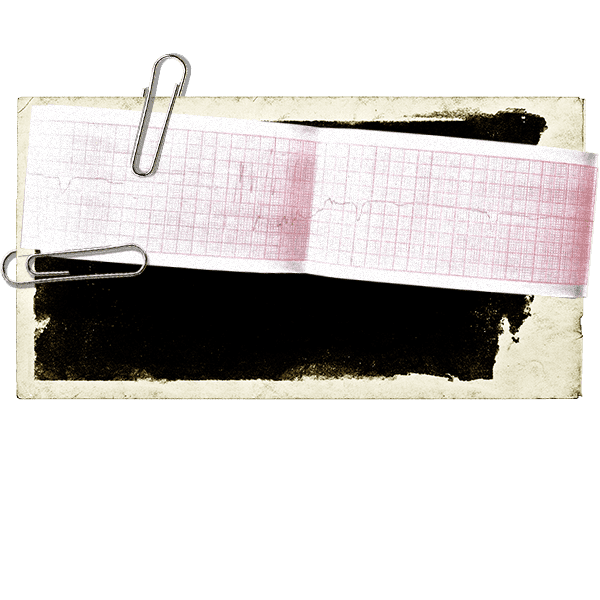

A thing that reminds me that my grandmother’s heart was beating
Almost all memorial literature — from Marcel Proust to W.G. Sebald — is not so much an investigation of what happened to your family as it is a tracing — a careful retracing of its route, a tracking of breadcrumbs. I envy authors who have a lot of material from which to recreate family history: in every novel you pick up, the author’s relatives have left behind a pile of neatly written letters and multi-volume diaries with reflections.
Unfortunately, I was not so lucky: the breadcrumbs mentioned above best describe the written heritage I was left with. My family, on both sides, seemed to live in a parallel dimension where no one wrote to anyone, even though they were scattered throughout the USSR. No matter how hard I searched through my grandparents’ belongings, I did not find a single letter. Did each of them refuse to leave behind offshoots of their thoughts, like people who refused to be photographed on principle, because with the picture taken, it was as if one layer of their personality came off? Or did they all get into a fight and collectively decide not to write a single line to each other? Or is it all in a box somewhere in a garage that I don’t know about?
Going through my grandmother Lydia’s things — a “cardiac”, as she called herself, who loved to watch crime programs only to gasp and drink heart drops because of her nerves — I found her CT scan. It’s not enough — it’s not a bunch of diaries that can help trace the trajectory of her life, but at least I know that her heart was beating.

